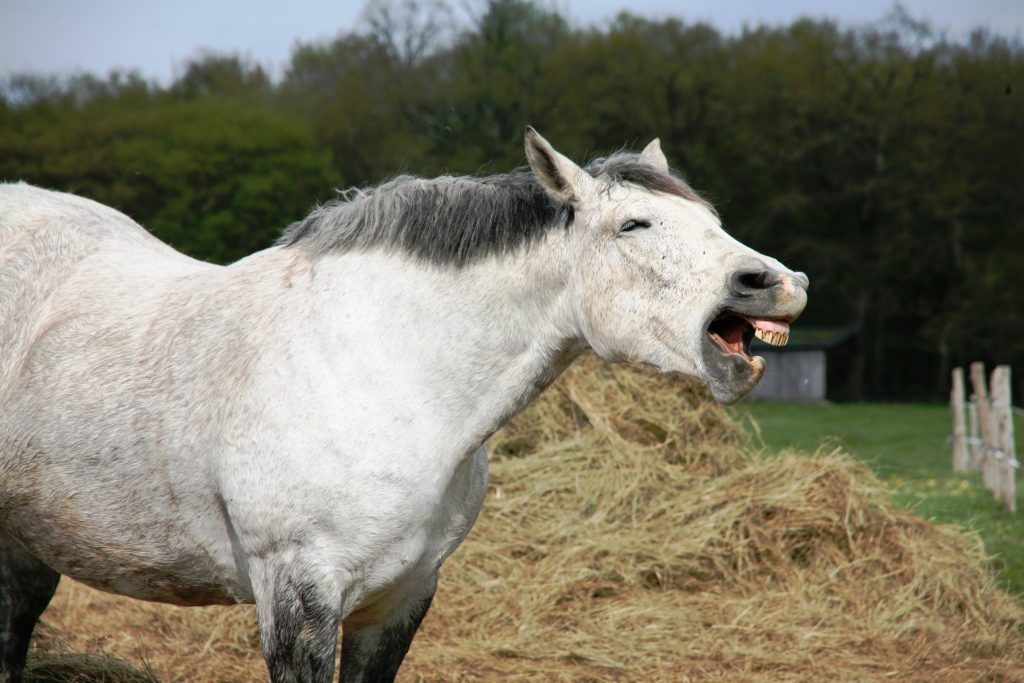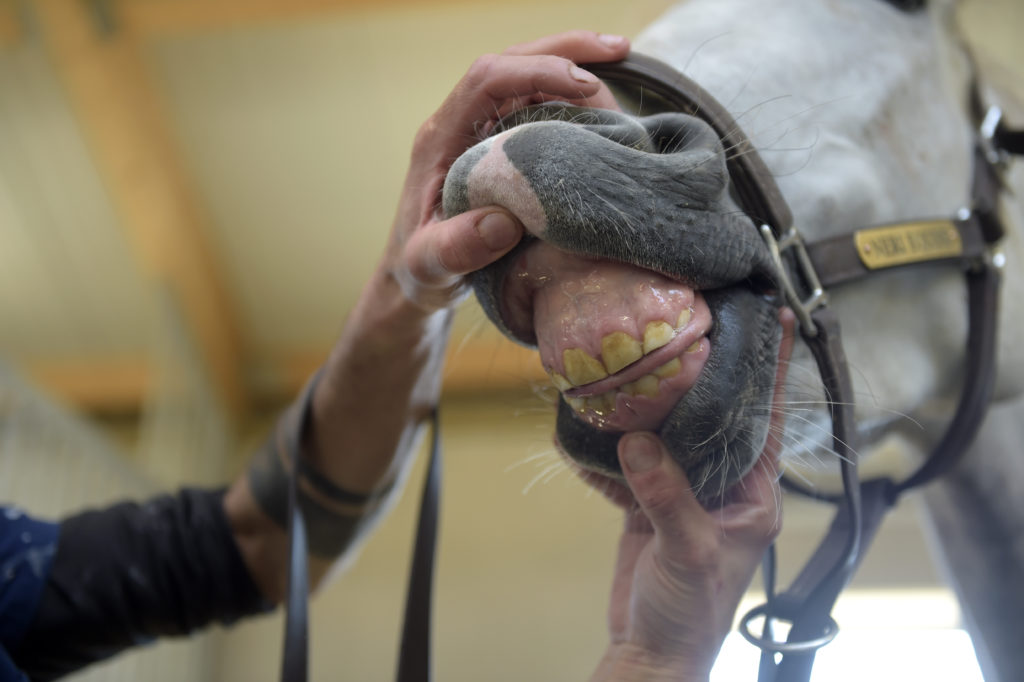When it comes to equestrian activities, having your horse refuse the bit can be a challenging and puzzling experience. For many riders, the connection between horse and rider is fortified through the bit, a vital piece of equipment that communicates subtle instructions. But what happens when your horse refuses the bit? Understanding the reasons behind this behavior is key to resolving the issue and ensuring a harmonious ride.
In this article, we will explore the various causes behind a horse refusing the bit and delve into practical solutions to address this common problem.

What Does It Mean When a Horse Refuses the Bit?
When a horse refuses the bit, it means the horse is not accepting the bit comfortably or is reacting negatively to it. This can manifest as head tossing, pulling, or even refusing to move forward. Recognizing these signs is crucial for determining the underlying issues.
Common Causes of Bit Refusal
Pain and Discomfort
One of the primary reasons a horse refuses the bit is due to pain or discomfort. This can result from ill-fitting equipment or dental issues. Regular dental check-ups are essential to ensure that your horse is not experiencing oral discomfort. For more information on equine dental care, visit this comprehensive guide.
Improper Bit Fit
The bit itself may not be the right fit for your horse. Bits come in various sizes and styles, and choosing the correct one is crucial. An improper fit can cause severe discomfort and lead to refusal.
Past Trauma or Negative Experiences
Horses have excellent memories and a past traumatic experience involving the bit can lead to refusal. It’s important to approach training with patience and understanding to rebuild trust.
Solutions to Help Your Horse Accept the Bit
Regular Dental Exams
Ensure your horse has routine dental exams to catch any potential issues. Learn more about equine dental exams in this dental exam guide.
Choose the Right Bit
Invest time in finding the right bit that suits your horse’s mouth. Consulting a professional can be beneficial in making this decision.
Gentle Training Techniques
Use gentle training techniques to encourage your horse to accept the bit. Patience and positive reinforcement play a significant role in overcoming bit refusal.
Importance of Understanding Horse Behavior
Understanding your horse’s behavior is vital in addressing bit refusal. Observing your horse’s reactions and being attentive to its needs can prevent issues from escalating. For more insights, check out this behavior guide.
Preventative Measures
Regular Check-Ups
Regular veterinary check-ups can help prevent bit refusal by identifying potential health issues early on.
Consistent Training
Consistent and gentle training helps in maintaining a positive association with the bit.
Proper Equipment Maintenance
Ensure all equipment is in good condition and fits correctly to prevent discomfort.
Conclusion
Addressing the issue of a horse refusing the bit requires patience, understanding, and the right approach. By identifying the root cause and applying practical solutions, you can help your horse become more comfortable and responsive. Remember, every horse is unique, and what works for one may not work for another. Keep an open mind and consult professionals when needed to ensure a safe and enjoyable riding experience.

FAQ Section
Why does my horse toss its head when using a bit?
Head tossing can be a sign of discomfort or pain. Check for dental issues or improper bit fit.
How can I tell if the bit fits my horse correctly?
A well-fitting bit should sit comfortably in the horse’s mouth without causing pinching or excessive pressure.
What should I do if my horse continues to refuse the bit?
Consult with a veterinarian or equine specialist to assess any underlying issues that may need professional intervention.
This article contains affiliate links. We may earn a commission at no extra cost to you.
